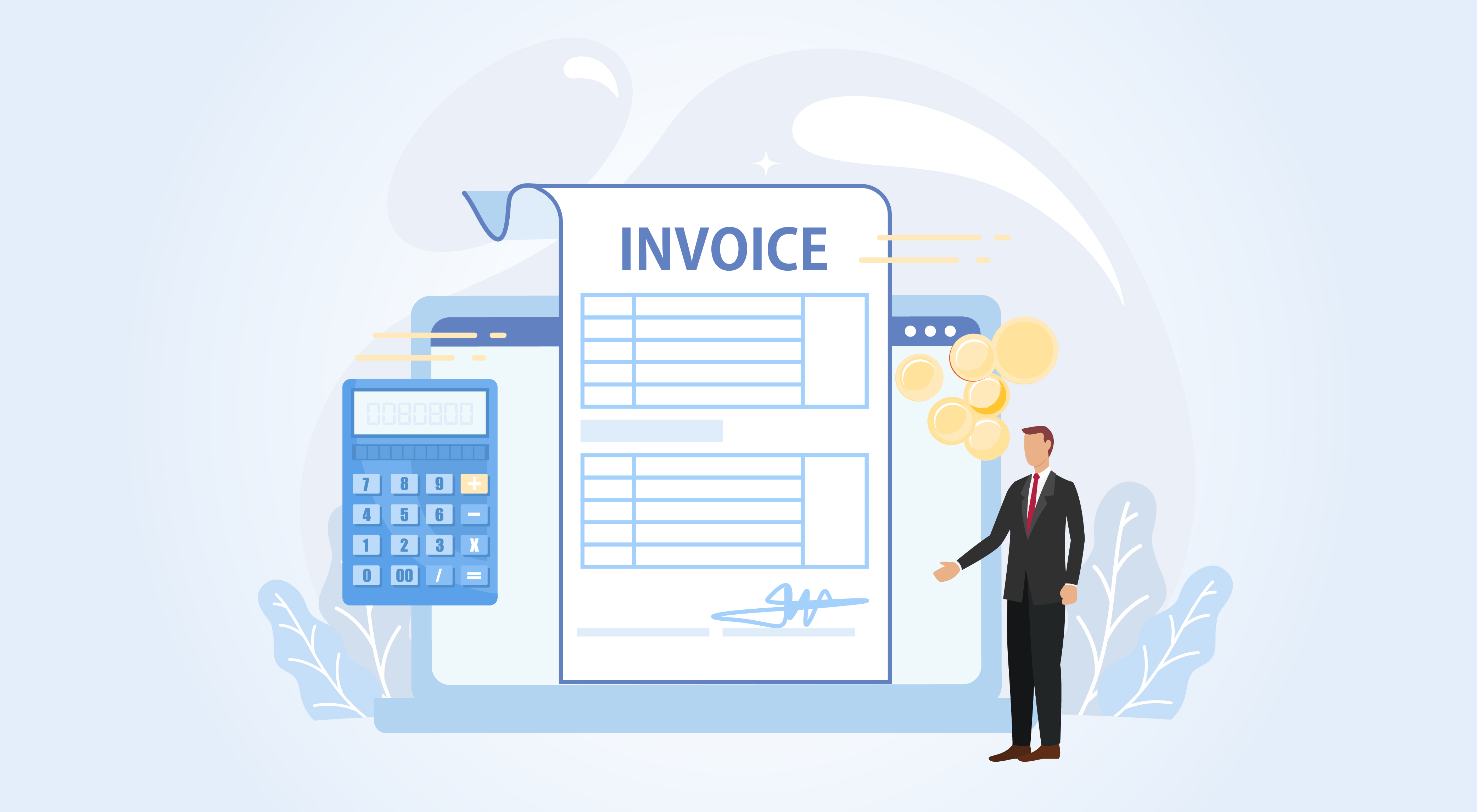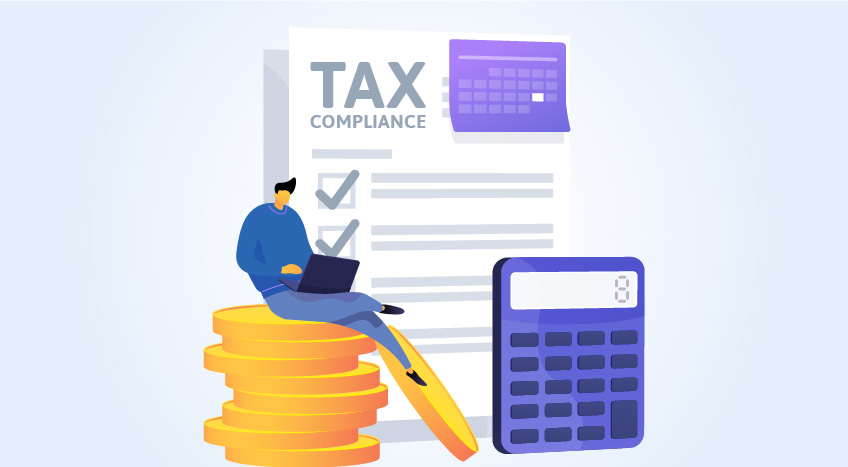Paper invoices and PDFs may soon be a thing of the past in the UAE. The country is taking a bold step toward digital transformation by introducing a nationwide electronic invoicing system that will impact every business, big or small. As part of its vision for smarter tax administration and improved compliance, the UAE will roll out the e-invoicing system starting July 2026. This new system will make invoicing fully digital, standardised, and real-time, streamlining operations and helping reduce tax fraud.
In this article, we will explore the timeline for implementation, the reasons behind this shift, and what it means for businesses across the UAE. If you are a business owner, finance professional, or just curious about the future of invoicing, this guide will help you understand what’s changing and how to prepare.
What is an e-invoice as per UAE FTA?
An e-invoice, defined by the UAE Federal Tax Authority (FTA), is not just a digital copy of a paper invoice. It is a fully structured electronic document that can be created, sent, received, and processed automatically by the supplier and buyer systems. The key features of an e-invoice are:
● It is issued, transmitted, and received in a structured digital format.
● It allows for automated processing, with no manual entry needed.
● It ensures better accuracy, faster communication, and easier compliance with tax regulations. What is not considered an e-invoice:
● PDF, Word, or Excel invoices
● Scanned images of invoices (JPG, PNG, TIFF)
● Invoices sent as email text or in HTML format
● Paper invoices faxed or mailed
● Invoices processed through OCR (optical character recognition)
Key dates and phases of UAE’s e-invoicing rollout
The UAE’s e-invoicing system will be implemented in phases so that the businesses get enough time to prepare. Here’s a breakdown of the official timeline released by the Federal Tax Authority (FTA):
Milestone Timeline
Development of accreditation rules for service providers Q4 2024
Finalisation of the UAE Data Dictionary Q4 2024
e-Invoicing legislation released Q2 2025
Phase 1 Go-Live for E-Billing System July 2026
Why is UAE moving to e-Invoicing?
The UAE is introducing e-invoicing to make the country’s tax system more modern, transparent, and efficient. Many businesses still use paper invoices or PDFs, which can be slow, easy to change, and hard to track. The government aims to solve these problems and create a smarter way of working by moving to a digital invoicing system. Here’s why the shift to e-invoicing is important:
1. Better tax compliance
With e-invoicing, the Federal Tax Authority (FTA) will receive real-time invoice data. This makes it easier to detect errors, reduce fraud, and ensure that businesses pay the correct tax amount.
2. Increased efficiency
The invoicing process becomes much more streamlined with automation. Instead of manually entering data or handling paperwork, businesses can generate, send, and store invoices digitally — all in one go. This not only speeds up the workflow but also reduces errors and frees up time for more important tasks.
3. Faster business operations
Electronic invoices speed up everything, from approvals and bookkeeping to customer payments. This improves cash flow and helps businesses operate more smoothly.
4. Lower operational costs
Businesses can significantly cut costs by eliminating the need to print, scan, or post paper invoices. There’s also less spending on storage and fewer resources wasted on manual tasks.
5. Greater transparency and control
Digital invoices create a clear, consistent record that both parties can track and verify. This improves trust and accountability between businesses and tax authorities.
6. UAE’s e-invoicing vision: What we know so far
The UAE is introducing a new e-invoicing system to improve tax compliance, reduce errors, and speed up business processes. This digital shift is part of the country’s larger effort to modernise its tax framework.
Here’s what’s planned:
● Launch timeline: The system will roll out in phases, with Phase 1 expected to begin in July 2026. Preparations like legislation and technical setup are underway.
● Decentralised approach: The UAE will use a Decentralized Continuous Transaction Control and Exchange (DCTCE) model. Invoices will be handled through certified service providers, not a central platform.
● Use of Peppol and PINT: The system will follow international standards (Peppol network and PINT format) to ensure secure, standardised, and real-time invoice exchange.
This vision supports a faster, more transparent, and globally connected tax environment.
How will the e-invoicing system work in the UAE?
The UAE’s new e-invoicing system will follow a structured and automated process designed to make invoice exchange smoother, faster, and more secure for all businesses. Here’s a simple breakdown of how it will work:
1. Use of certified service providers
Businesses won’t send invoices directly to each other. Instead, they will connect through certified service providers approved by the Federal Tax Authority (FTA). These providers will ensure invoices are created and shared in the correct format.
2. Real-time exchange of data
Once an invoice is created by the seller, it will be validated and sent through the service provider to the buyer’s system. At the same time, the invoice details will be reported to the FTA. This all happens in real time, without any delays or manual uploads.
3. Based on Peppol network
The UAE will use the Peppol network, which allows businesses to exchange e-invoices across different systems using a common international format. This ensures all invoices are:
● Standardised
● Secure
● Easy to read and process
4. Compliance through automation
The system ensures that every invoice meets tax rules automatically. That means fewer mistakes, easier audits, and less work for businesses when filing tax returns.
How can businesses prepare for e-Invoicing in the UAE?
With the new e-invoicing system going live in 2026, businesses have time to prepare, but early planning is key. Preparing in advance will make the transition smooth and help avoid last-minute challenges. Here’s how businesses in the UAE can start preparing:
1. Understand your current invoicing process
Review how your invoices are created, shared, and stored. Are you still using manual methods or outdated software? Identifying gaps will help you know what needs to change.
2. Choose a certified e-Invoicing solution
Look for a solution or software provider that is (or will be) approved by the Federal Tax Authority. This provider should be able to create and exchange invoices in the structured digital format required under the new system.
3. Train your team
Your finance, billing, and IT teams must understand the new system. Arrange basic training sessions so everyone knows how to use the platform and follow new invoicing rules.
4. Test and integrate
Before the official launch, test your e-invoicing setup. Run sample invoices, check for errors, and confirm that data flows smoothly between systems. If needed, ask your provider for integration support.
5. Stay updated
Keep an eye on announcements from the FTA about technical specifications, timelines, and compliance requirements. Being informed will help you adapt quickly and avoid penalties.
Conclusion
With the new system set to begin in July 2026, companies nationwide need to start preparing now. By switching to electronic invoices, businesses can save time, reduce costs, improve accuracy, and stay fully compliant with tax rules. The earlier you begin adapting your systems and training your team, the smoother the transition will be. This change is an opportunity to modernise how your business handles billing and reporting.
To make the transition to e-invoicing smoother, you can integrate TallyPrime into your system. It offers a secure, VAT-compliant invoicing system that aligns with the UAE’s upcoming e-invoicing mandate. By adopting TallyPrime now, businesses can automate billing, ensure accuracy, and stay fully prepared for the July 2026 rollout.









